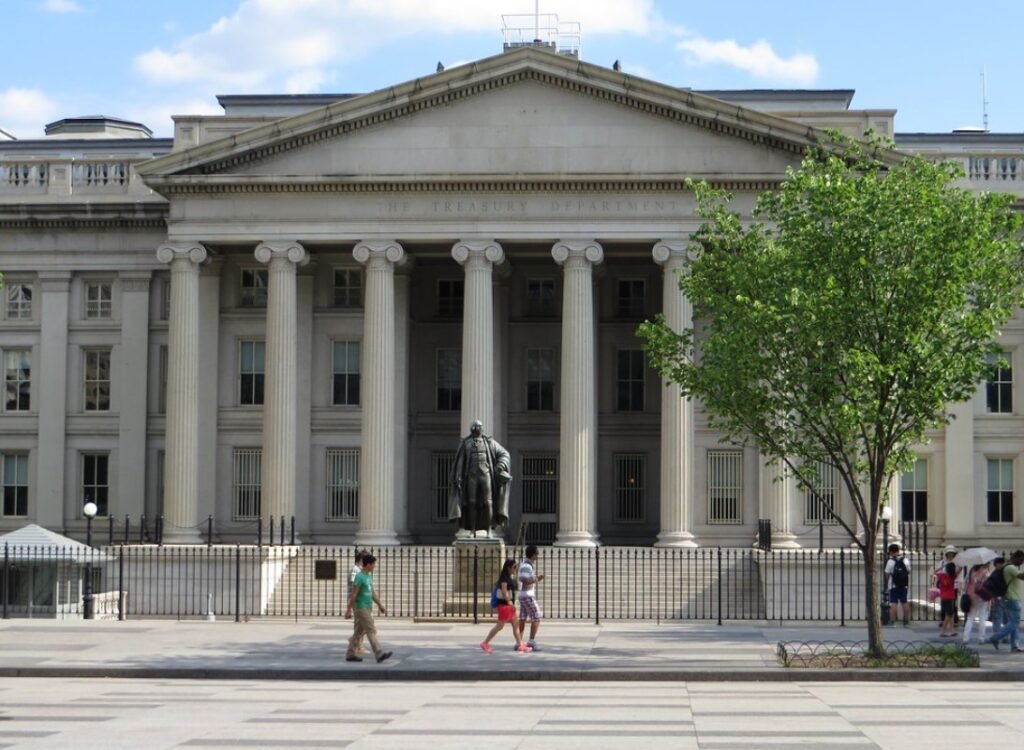The U.S. Department of the Treasury has confirmed a major cybersecurity incident involving Chinese state-sponsored hackers. Through a breach in the systems of third-party cybersecurity vendor BeyondTrust, these adversaries gained unauthorized access to Treasury workstations, compromising unclassified data. This incident, disclosed in a letter to lawmakers, has reignited concerns about state-backed cyberespionage and the vulnerabilities of critical systems.
The Treasury Breach: What Happened?
The attack began with a compromised API key in BeyondTrust’s systems. BeyondTrust, a cybersecurity firm with a wide clientele including 75% of Fortune 100 companies, provides tools for remote access and technical support. According to Treasury’s disclosure, the attackers exploited this weakness to gain access to a remote key securing cloud-based services used by Treasury Departmental Offices (DO) end users.
Using the stolen key, the hackers bypassed the system’s security measures and accessed certain workstations. Although the breached data was unclassified, the incident’s classification as a “major cybersecurity event” underscores its gravity. Treasury’s notification to the Senate committee outlined the chain of events and the collaborative efforts of the FBI, the Cybersecurity and Infrastructure Security Agency (CISA), and BeyondTrust to investigate the attack.
BeyondTrust stated it detected and revoked the compromised key on Dec. 5, notifying affected customers and working on remediation measures. However, the breach highlights vulnerabilities in the supply chain of cybersecurity tools, where a single point of failure can cascade into significant consequences.

State-Sponsored Espionage: A Broader Pattern
This breach is not an isolated case. It fits a larger pattern of Chinese-backed cyber espionage targeting U.S. infrastructure. Recent attacks, such as those on telecommunications companies by groups like Salt Typhoon, revealed hackers gaining access to call data and messages. This kind of sustained, sophisticated activity demonstrates Beijing’s determination to infiltrate vital systems.
The U.S. Treasury breach raises concerns about diplomatic fallout. With the U.S. transitioning from the Biden administration to the Trump administration, experts warn of challenges in addressing these issues at a governmental level. Lawrence Pingree, a vice president at Dispersive, emphasized that Beijing’s routine denial of such actions complicates transparency and accountability.
Key Insights from Experts
Security experts have voiced concerns about the systemic weaknesses exposed by this attack. Cryptographic key management, a foundational element of API security, appears to have been exploited in this case. Former NSA cyber expert Evan Dornbush noted that breaches of cybersecurity firms like BeyondTrust are part of a troubling trend, joining high-profile incidents involving Okta, LastPass, SolarWinds, and others.
Dornbush highlighted the cascading impact of these breaches, where vulnerabilities in one vendor can ripple out to clients and partners. This interconnectedness makes cybersecurity firms especially attractive targets for state actors, who can leverage these access points to penetrate broader networks.
Implications for U.S. Cybersecurity Strategy
The Treasury breach underscores the urgent need to shore up cybersecurity defenses across critical sectors. Some takeaways from this incident include:
- Third-party Vendor Risks: Vendors must bolster their internal security measures to prevent becoming entry points for attackers.
- Enhanced Cryptographic Key Management: Securing API keys and related credentials is crucial to safeguarding against similar breaches.
- State-Sponsored Threat Awareness: As state actors refine their methods, organizations need advanced threat detection and response mechanisms.
- Diplomatic Challenges: Addressing cyber espionage incidents requires international cooperation, transparency, and firm responses to deter future incidents.
The Bigger Picture: Lessons and Next Steps
The breach at Treasury highlights a broader vulnerability in the U.S. cybersecurity framework. It underscores that even organizations with robust security measures are not immune to sophisticated adversaries. This incident serves as a reminder that vigilance, proactive measures, and continuous improvement are essential in an environment where threats evolve daily.
While investigations into this breach continue, the need for a coordinated approach to cybersecurity, involving both public and private sectors, has never been clearer. It’s not just about responding to incidents but anticipating them and building resilient systems to withstand attacks.
